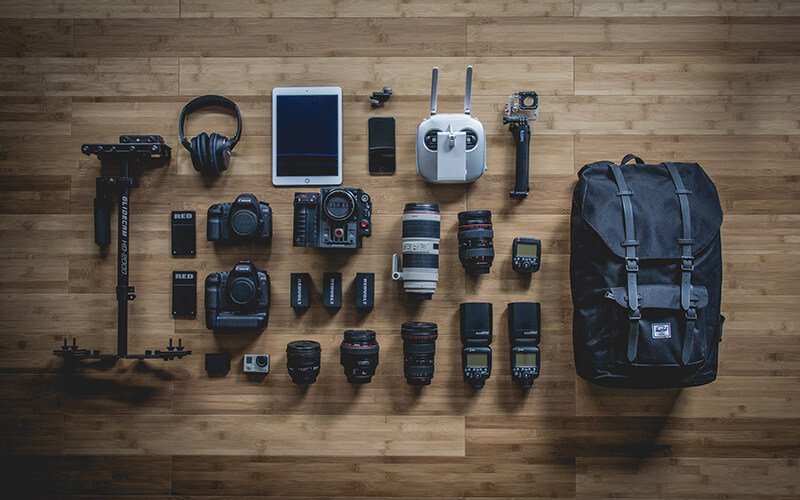For Professionals: Invest in Quality Gear
As a professional photographer, you’re well aware of the importance of top-tier equipment. To deliver exceptional results to your clients, invest in the best gear available. Your clients expect nothing less than excellence, so don’t compromise on quality; invest in your craft.
For Enthusiasts: Save and Be Smart
If photography is more of a passionate pursuit than a source of income, you can be savvy with your gear choices. Keep your expenses in check and consider buying second-hand or third-party equipment to save money. You don’t need an extensive collection of lenses; prioritize cost-effective options.
For landscape photography enthusiasts, consider acquiring a second-hand Tamron 15-30 lens to save costs. If portraits are your focus, opt for a budget-friendly second-hand Tamron 70-200 V1 or a third-party lens in a similar focal range. Don’t feel compelled to invest in additional lenses until you genuinely need them. A 50mm f/1.8 lens can work wonders when used effectively.
Conversely, if you’re interested in portraits, invest in a second-hand Tamron 70-200 V1 or a more affordable third-party option. Skip the wide-angle lens for now; a 50mm f/1.8 can produce remarkable results. Save your money for a prime portrait lens like an 85mm f/1.8 or f/1.4 when you’ve earned it through your photography projects.
If you enjoy capturing a wide range of subjects, consider a second-hand 24-120 or 28-300 lens. Stick to one versatile lens, whichever is more budget-friendly. Remember, spending more doesn’t necessarily equate to better images, especially for online portfolios and prints.
For macro photography, experiment with extension tubes for your 50mm lens; it’s a cost-effective way to explore this genre. Wildlife enthusiasts can stick with the affordable 70-300 lens.
P.S. Don’t get bogged down by brand choices like Nikon, Tamron, Sigma, or Tokina. Focus on the focal range that suits your needs and find the cheapest second-hand option. You’ll likely see no discernible difference in the quality of images for your social media, website portfolio, or medium-sized prints.
For Beginners: Learn Before You Upgrade
As a beginner, you don't need to splurge on expensive gear. Focus on learning and mastering the basics before investing heavily. Whether you have a D750 or a different camera, refrain from spending over $1000 on equipment.
Consider purchasing a second-hand 50mm f/1.8 lens and a second-hand zoom lens in the 24-85mm to 105mm range, opting for the more budget-friendly option. These lenses will serve you well as you learn both prime and zoom photography techniques.
Don't rush into acquiring more gear; instead, dedicate your time to understanding your camera and lenses thoroughly. Familiarize yourself with various photography techniques and skills, from landscapes to portraits, sports, and macro photography. With these lenses, there's no limit to what you can achieve; it's all about mastering them with your camera.
For wildlife photography, a $100 investment in a 70-300mm lens can provide excellent results. You don't need to break the bank to enjoy capturing wildlife.
Ultimately, remember to enjoy the journey of learning and exploring photography. Your gear can wait; your skills are what truly matter.
(These suggestions are based on personal experiences and opinions.)
